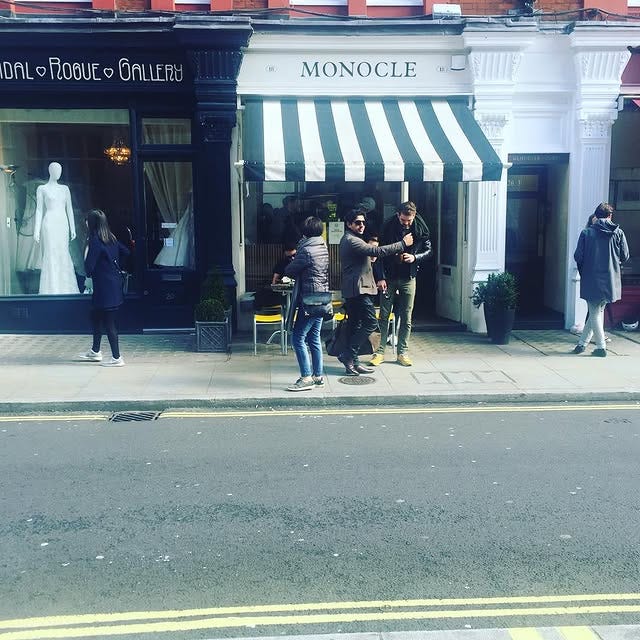
Some time ago, during the pandemic, I entertained the idea that Clubhouse would forever disrupt the meeting industry world. I argued that Clubhouse’s social voice app would be the leading platform to enable people to connect and meet, disrupting, for example, Meetup.com. I wrote:
The biggest competitor to Clubhouse are physical meetups and conferences, but that kind of presence is a behavior we need to relearn once we are back to old routines.
I have recently started logging into Meetup again, and I perceive it as a ghost town cluttered with limited features that a Meetup subscription would unlock. But anecdotally (and contradictorily), I was at a Meetup arranged by ProductTank Stockholm this week. The event was my first Meetup since Avanza Tech Meetup cancelled their last planned physical event (about Design systems) in March 2020, when the COVID-19 pandemic broke out in Sweden.
How are people meeting up today? There is a narrative that Generation Z and Millennials are less inclined to use dating apps. I haven’t seen any reports regarding business-related meetups. So, how do we make friends today, both in business and pleasure? I want to discover that further for this newsletter.
Could you imagine that a venture capitalist based in Sweden, EQT, who hosted the Meetup, is product-oriented in some parts? Multiple product managers and owners work there. Product Manager Jonathan Lundmark provided some great insights on the ProductTank meetup, touching on many topics I manage daily as a product owner consultant at the current client.
Some takeaways based on my perception and thought process:
Having a defined process enables you to analyse incidents deviating from the process.
Process generates data, and data enables automation (good process reduces garbage in and garbage out).
Build vs. Buy:
Building what differentiates and blending with previously bought or built solutions can speed up development of an MVP.
However, previously bought or built solutions might limit fast changes and company process compliance since vendors lack business context, driving their opinionated product decisions, locking customers in, and increasing lead time for building new and differentiated value based on losing the feature/roadmap control.
And of course, he touched on my favourite topic - change management:
People don’t change just because they are shown how, they change when they understand what’s in it for them.”
Passion cannot be forced, involve people who truly care tarter than relying on org charts for better outcomes.
Mirela Mus from Product People introduced an interesting model on the ProductTank Meetup, the Lippitt-Knoster Model, that covers product teams experiencing ”False starts”, ”Frustration”, ”Resistance”, ”Anxiety”, ”Confusion”, and ultimately ”Change”.
Long time no see. Gunnar and I have been busy since you read the last newsletter. I have switched jobs, started consulting, and founded my venture, which has the same name as the newsletter Always Be Shipping (Gunnar is, of course, an advisor). I’m currently consulting at Scania. What do I do there? Of course, I relentlessly think about how we always can ship value.
I got some taste for writing the newsletter again. One part of it is me trying to figure out the tone of voice for the company and a part of a branding effort for Always Be Shipping. As
neatly observed in her newsletter , brands have recently discovered Substack as a potential marketing channel. FeedMe is a great inspiration. Emily crafts the newsletter with a personal tone and a high standard of originality in her reporting of urban professional lifestyles, entrepreneurial personalities and industry trends. You should monitor her reporting to understand the next big thing. It is also a bit nostalgic for me. I have the same cozy feeling when opening a new, fresh issue of FeedMe as when I religiously read the editorial written by Tyler Brule for every issue of Monocle. Sadly, he is not doing that anymore (although he writes every Sunday on Monocle’s daily newsletter).



